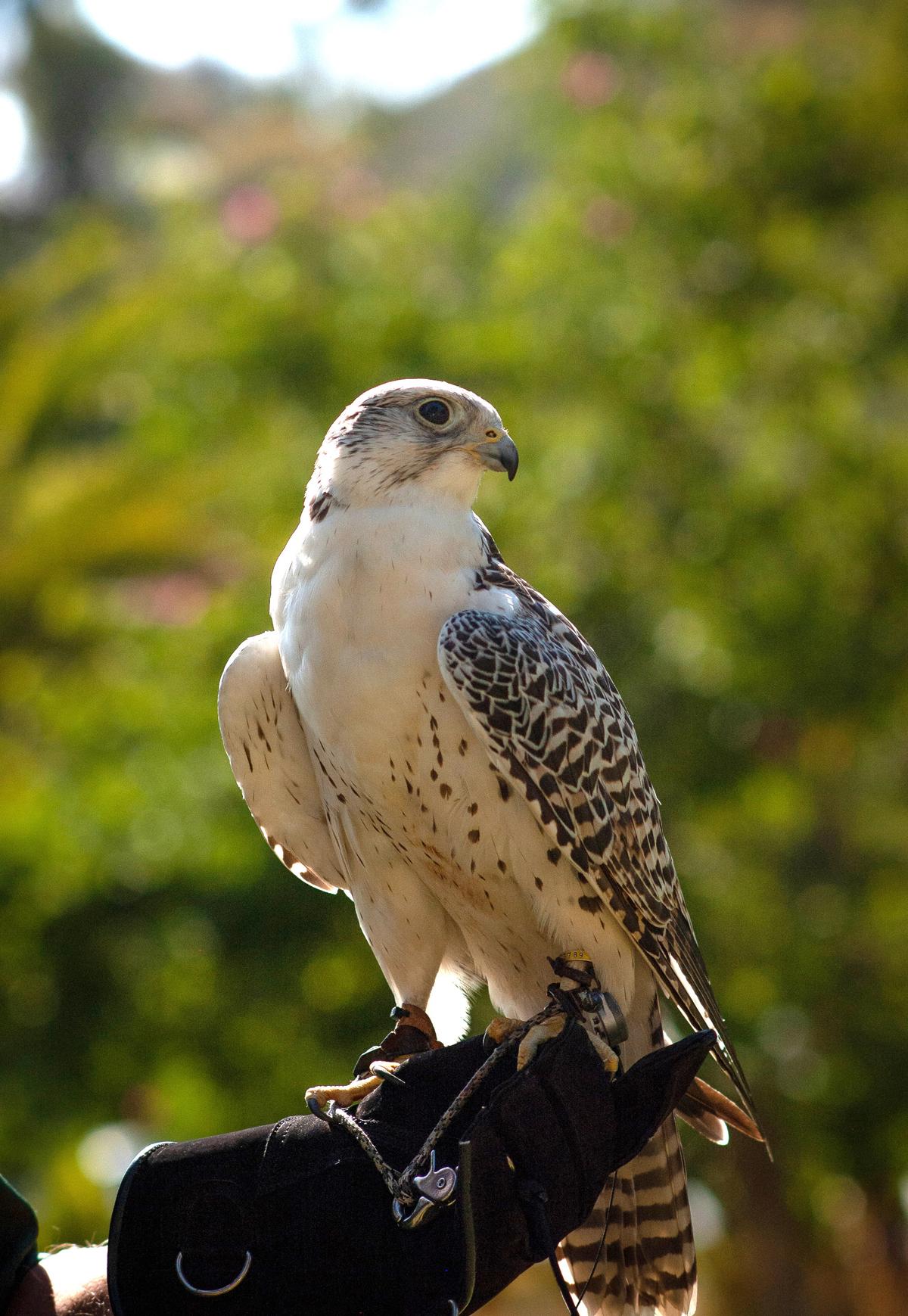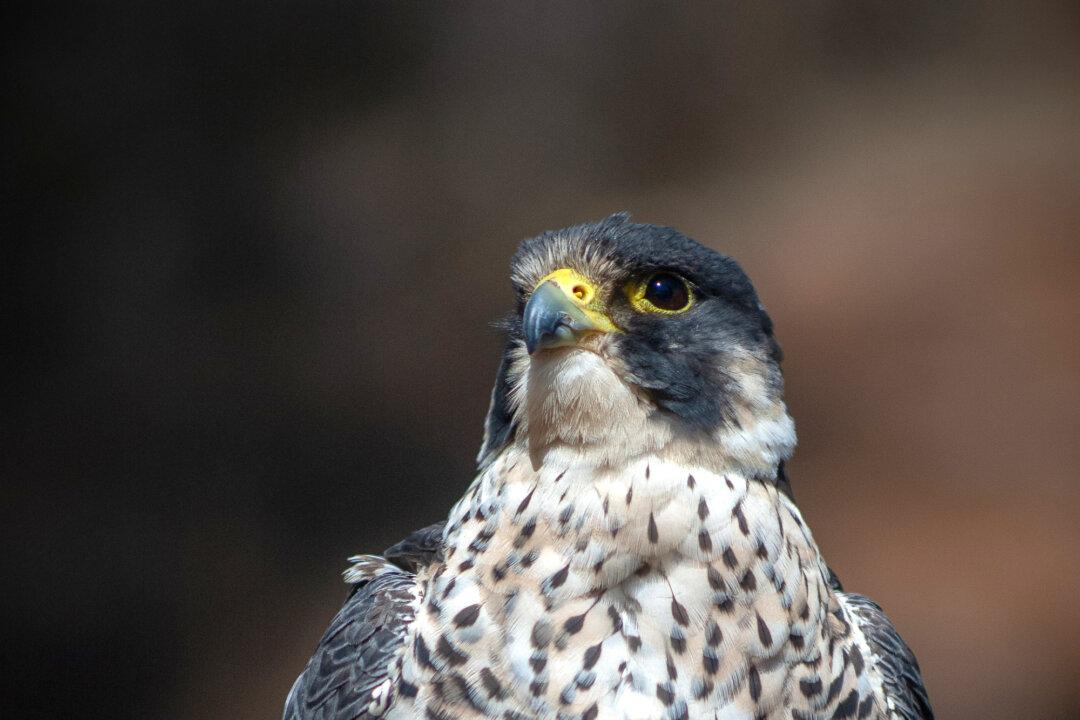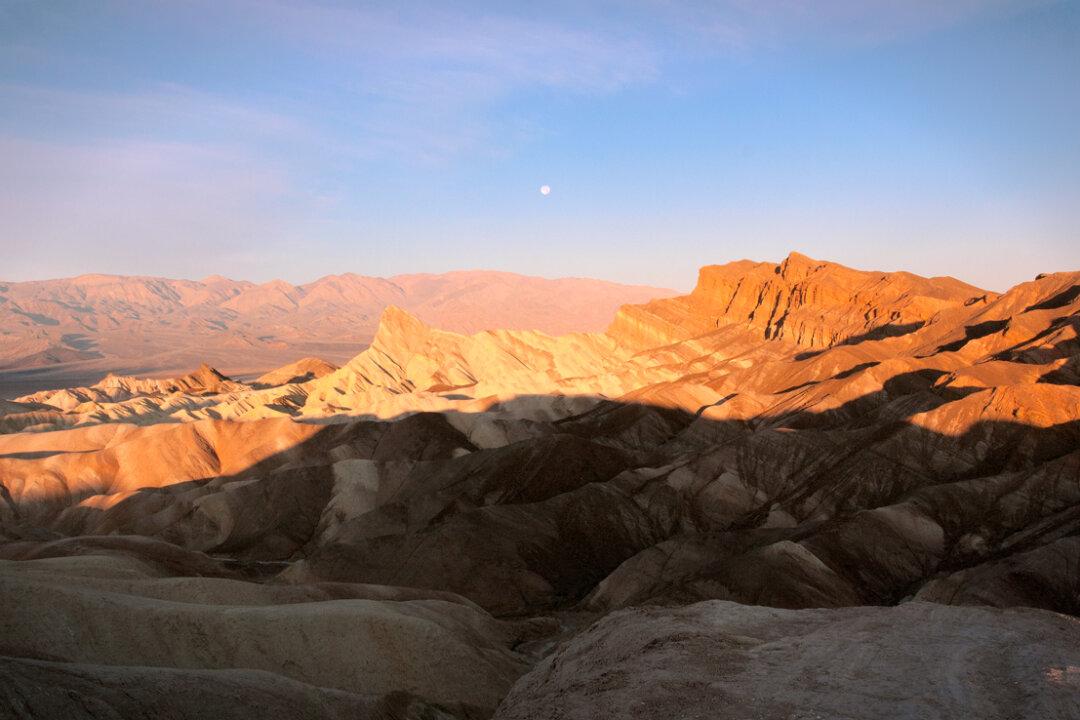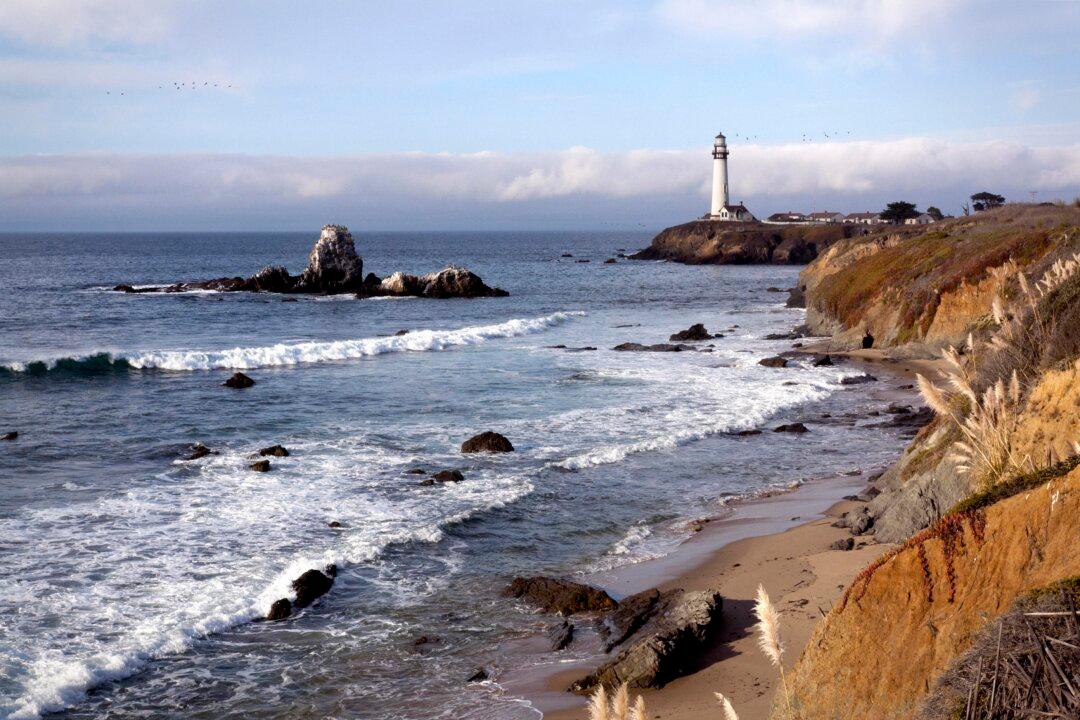Not far off the coast of Southern California, Santa Catalina Island rises out of the Pacific, providing valuable ground for ecotourism and recreation in coastal desert scenery. Creatively cultivated by brilliant minds and wealthy captains of industry, such as William Wrigley Jr., Catalina’s main port of entry, Avalon, is a European-style riviera within the confines of Los Angeles County. American icons including Ronald Reagan and Marilyn Monroe called Avalon home before rising to the heights of stardom. Today, Catalina is a tourist destination offering bison tours, zip-lining, and the rare chance to get up close and personal with some of the fastest creatures on Earth.

The Gyrfalcon is the largest falcon species in the world. Jennifer Schneider for American Essence





